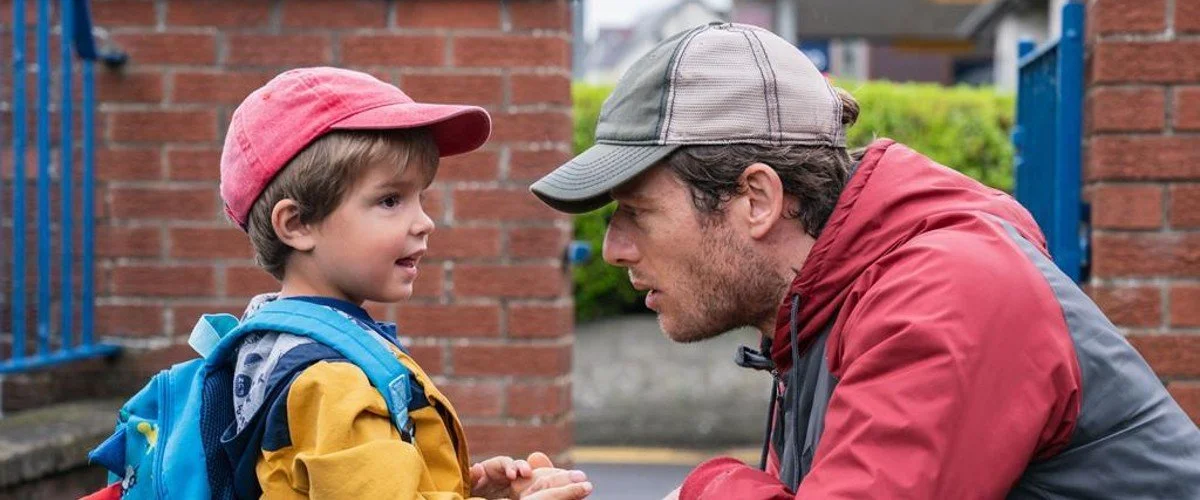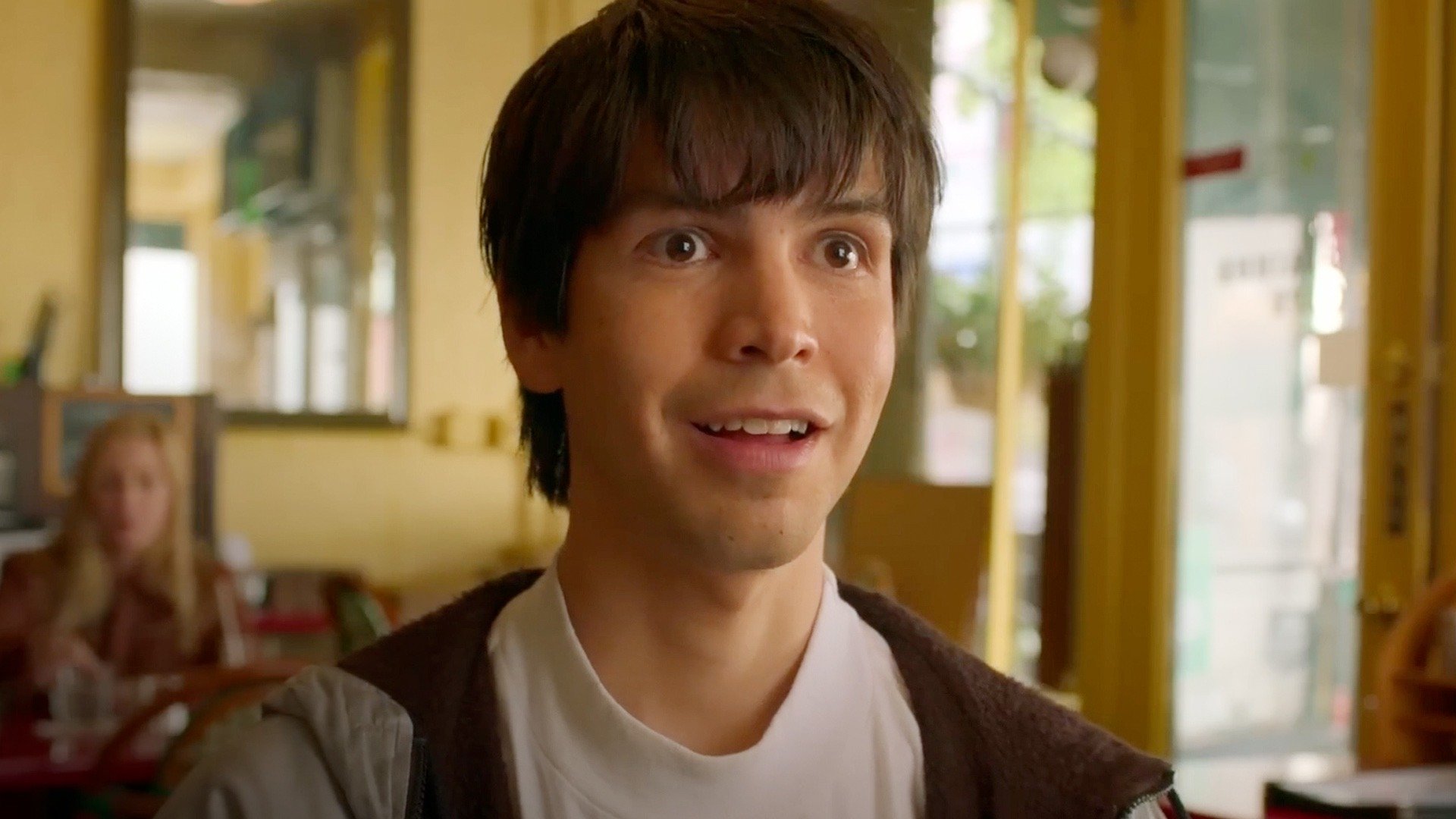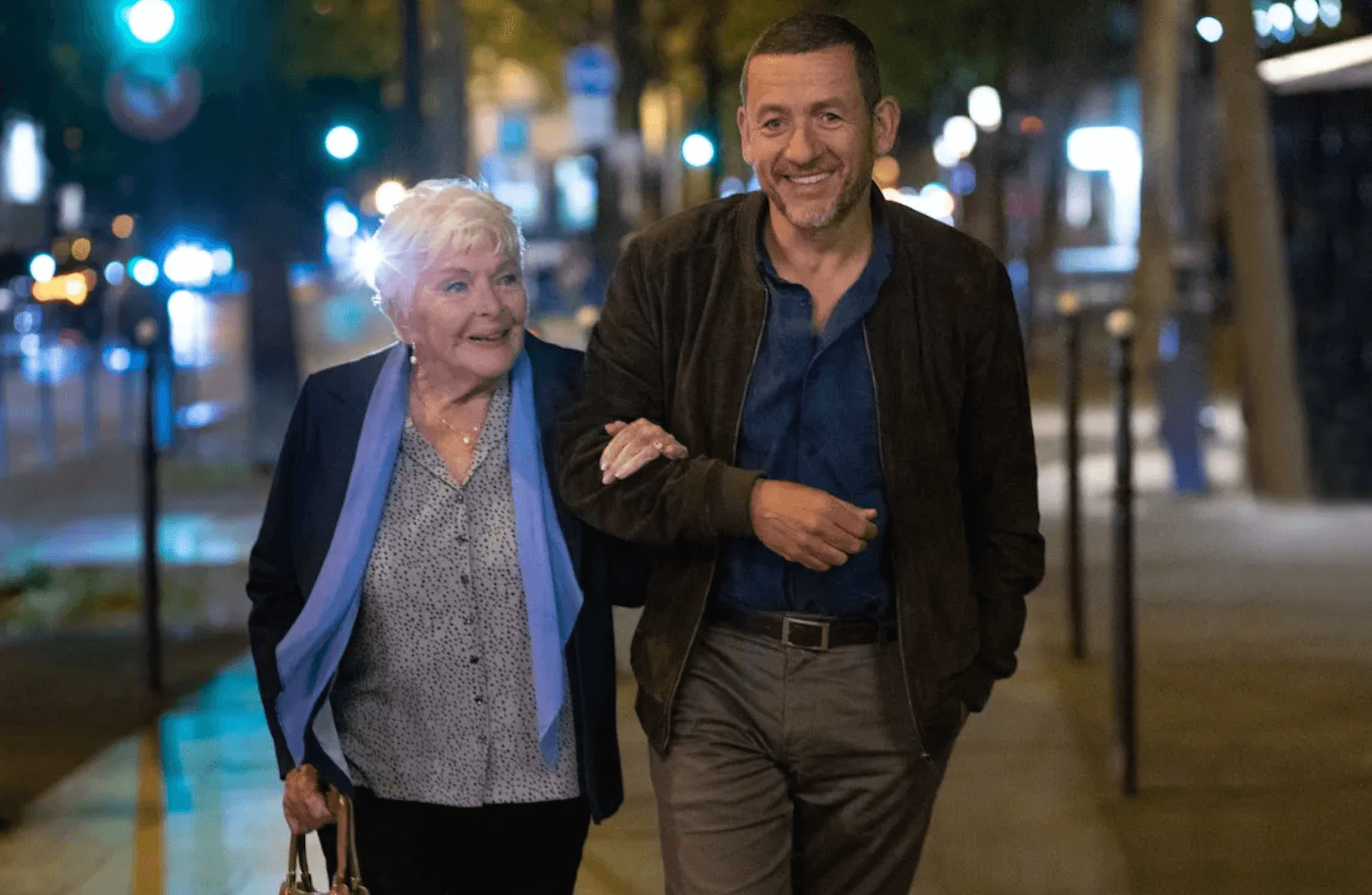Directed and written by: Uberto Pasolini
Starring: James Norton, Daniel Lamont, Carol Moore, Eileen O’Higgins, and Siobhan McSweeney
Runtime: 96 minutes
‘Nowhere Special’ is a beautiful, encouraging story about the devoted bond between father and son but one wrapped in ever-present heartbreak and vulnerabilities.
On the surface, John (James Norton) lives an ordinary life.
John, 34, cleans windows for a living and careens from job to job around Belfast in his modest car, which sports a trusty ladder on its rack. He generally doesn’t secure gigs at soaring skyscrapers, but he’ll turn to washes at local pubs, retail storefronts, and expensive suburban homes.
John is diligent and deliberate with his work and polite with his individual employers. He’s tall and attractive with professional model-like looks, but our lead carries a glum disposition, and combined with his neck and arm tattoos, he unintentionally telegraphs that he fashioned regrettable choices over the last couple of decades.
That or something ominous lurks in his future…or both.
He’s a single dad to four-year-old Michael (Daniel Lamont), a wide-eyed, sweet little lad. Our forlorn window washer doesn’t regret being a father in the least. John is a diligent and deliberately considerate caretaker for his young child.
“He’s a happy wee boy,” John proudly states, and the two assemble as an inseparable pair, one full of love, care, and gentle discourse and gestures.
However, life can bulldoze over tender feelings and good intentions in an instant, and in director/writer Uberto Pasolini’s “Nowhere Special”, he explores the repercussions of this unfortunate phenomenon and the near-impossible journey when facing the abyss.
Stricken with a fatal illness and with no other relatives in sight, John is forced to give up Michael for adoption. He regrettably functions with a local government organization in the hopes of finding a new home for his son.
Stricken with occasional pain that stops him in his tracks, John is infinitely more burdened with giving up Michael, wondering and worrying about the unknown future. Thankfully, Shona (Eileen O’Higgins, in a terrific supporting performance), a 20-something counselor, regularly accompanies John during his quest, and she’s a frequent confident about his uncertainty along the way.
Together, John, Michael, and Shona visit several homes – perhaps five or six throughout the film’s 96-minute runtime - where the three meet the potential adoptive parents, and each household feels different. You know what Forrest Gump says about chocolates; this is their (and the audience’s) experience.
Structurally, “Nowhere Special” feels like Jim Jarmusch’s “Broken Flowers” (2005), in which Bill Murray’s character visits several past partners – colorfully played by Frances Conroy, Tilda Swinton, Sharon Stone, and more – in search of solving a mystery.
In Jarmusch’s dark comedy and Pasolini’s heartbreaking drama, the filmmakers and the leads – Don (Murray) and John – successfully construct steep storytelling anticipation of who we will meet next.
Who will be the right choice?
In between home visits, Pasolini spends precious minutes with John, in isolation, performing his routine tasks in various locales around town. Norton gives an exceedingly sympathetic performance over the entire movie but in these quiet moments at work, John washes and wipes various panes of glass, seemingly as a metaphor, like looking for clarity through the windows.
When John isn’t on the job, he spends every spare minute he can with Michael.
Norton and Lamont live in this authentic on-screen bond where the exceedingly young actor seems to effortlessly operate in concert with his elder thespian.
Pasolini regularly fills the two’s time with simple, tranquil scenes, such as a trip to the grocery store, ice cream in a park, simple breakfast table talk, restful minutes on the living room couch, and reading. Granted, not every second of John and Michael’s time is undiluted bliss, but the film avoids the cliches of introducing forced arguments. Explosive conflict between the two doesn’t materialize.
What does appear – at its core – is a beautiful, encouraging story about the devoted bond between father and son but one wrapped in ever-present heartbreak and vulnerabilities. It’s a film filled with colossal purposes in everyday, unprotected spaces.
Jeff’s ranking
3.5/4 stars

























































































